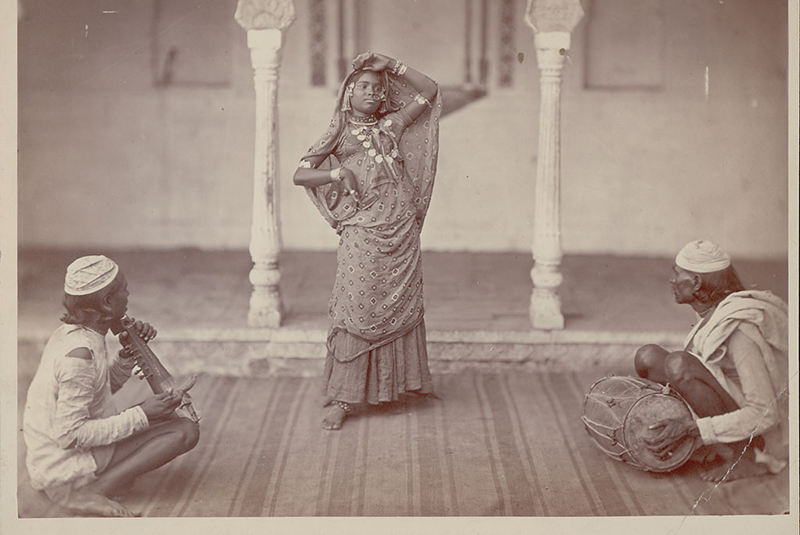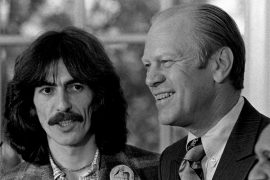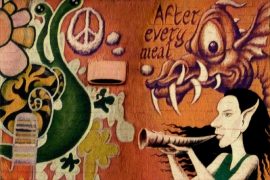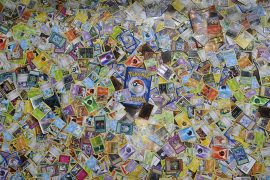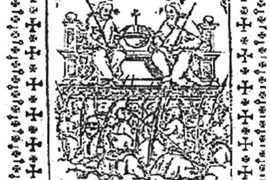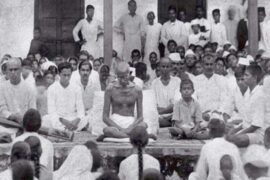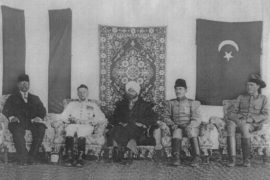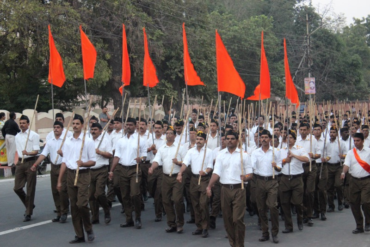Like many inspired by the lure of the camera today, Samuel Bourne quit his bank job in Nottingham, 1862, and sailed to India to work as a professional photographer. As with many photographers, the craft began as a hobby for him; photographing the village market from the window of his bank office. Things took a serious turn when he snapped England’s “Lake District” – and saw his photographs exhibited in London the next year.
And like any aspiring photographer today, when Samuel Bourne reached India in 1863 – he found himself up against serious competition. On arriving in Calcutta, he noted that photography in India was “least of all, a new thing.” There was competition and if he wanted to make it – he’d had to put his feet to work.
It’s amazing that the subcontinent was already so heavily photographed in the mid-nineteenth century, just twenty years since Talbot invented his camera. Indeed, the Revolt of 1857 saw the world’s first war photographer, Felice Beato, travel to India in 1858 to document the aftermath.
It was a time where photography was a part of the colonizing mission. The revolt of 1857 had shaken the imperial consciousness – and photographs needed to paint a subjugated picture of the ‘natives.’ This led to photographers capturing death for the first time. Beato photographed the hanging of rebellious Sepoys, and later in Burma, Willoughby Wallace Hooper synced his shot with the rifles of a firing squad – capturing the moment of execution.
Copyright©Madras Courier, All Rights Reserved. You may share using our article tools. Please don't cut articles from madrascourier.com and redistribute by email, post to the web, mobile phone or social media.Please send in your feed back and comments to [email protected]

